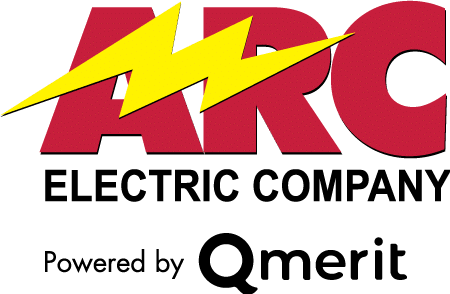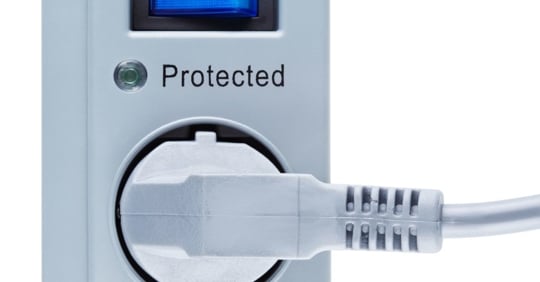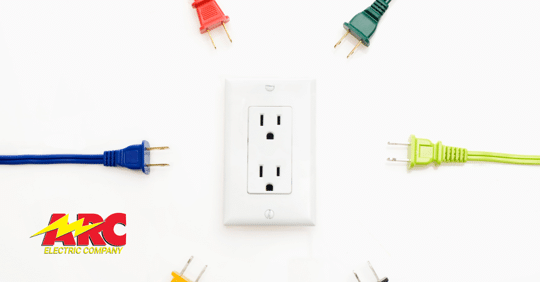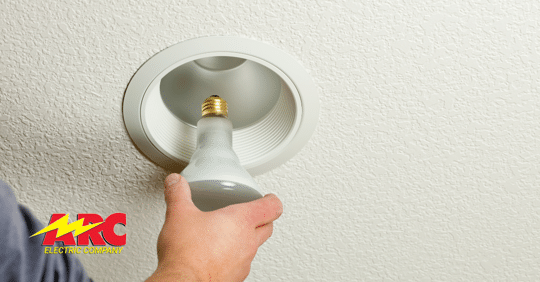As a homeowner, you invest a significant amount of time and money into creating a…
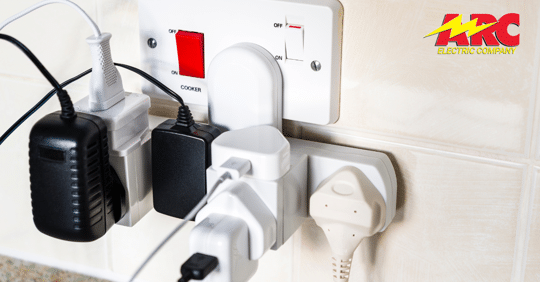
How to Troubleshoot Common Electrical Problems
Troubleshooting Common Electrical Problems: A Comprehensive Guide
Electrical problems can be frustrating and potentially dangerous if not addressed promptly. As a homeowner, it’s essential to have a basic understanding of troubleshooting common electrical issues. In this blog post, we will provide you with practical tips and techniques to help you identify and resolve some of the most common electrical problems you may encounter at home.
Identifying Faulty Outlets:
1. Signs of a Faulty Outlet:
- Flickering or dimming lights when using an outlet
- Overheating or burning smell near the outlet
- Loose or damaged outlet cover
- Frequent tripping of circuit breakers or blown fuses
2. Troubleshooting Steps:
- Turn off the power to the outlet at the circuit breaker.
- Inspect the outlet for any visible damage or loose connections.
- Use a multimeter to test for voltage and continuity.
- Replace the outlet if necessary, ensuring proper wiring and connections.
Resolving Circuit Overloads:
1. Signs of a Circuit Overload:
- Frequent tripping of circuit breakers or blown fuses
- Dimming or flickering lights when multiple appliances are in use
- Burning smell or heat coming from electrical panel
2. Troubleshooting Steps:
- Identify the appliances or devices causing the overload.
- Distribute the load by plugging appliances into different circuits.
- Consider upgrading your electrical panel or adding additional circuits if needed.
Dealing with Faulty Light Switches:
1. Signs of a Faulty Light Switch:
- Lights flickering or not turning on/off properly
- Switch feels loose or wobbly
- Visible signs of damage or discoloration
2. Troubleshooting Steps:
- Turn off the power to the switch at the circuit breaker.
- Inspect the switch for any loose wires or damaged components.
- Use a multimeter to test for continuity and proper functioning.
- Replace the switch if necessary, following proper wiring procedures.
Resolving Tripping Circuit Breakers:
1. Signs of Tripping Circuit Breakers:
- Sudden loss of power to specific areas of your home
- Frequent tripping of circuit breakers when using certain appliances
- Burning smell or heat coming from electrical panel
2. Troubleshooting Steps:
- Identify the appliance or circuit causing the overload.
- Unplug or turn off the device causing the issue.
- Reset the tripped circuit breaker by flipping it firmly to the “off” position, then back to the “on” position.
Contact ARC Electric Company
By following these troubleshooting techniques, you can often resolve common electrical problems at home. However, it’s crucial to remember that electrical work can be dangerous, and if you’re unsure or uncomfortable, it’s best to seek professional help. ARC Electric Company offers expert electrical services and can assist you with any complex electrical issues you may encounter. Contact us today for a safe and reliable solution.
